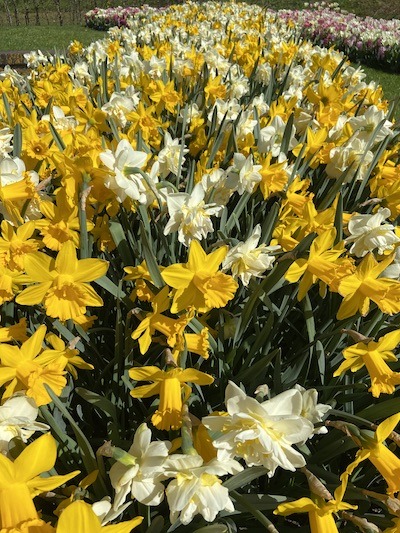
We are delighted to be working with Bernie Landels, a barefooted Certified Structural Integration Practitioner (IASI) and Infant Massage Instructor (IAIM) with a passion for feet. Author of ‘Finding Their Feet - Every parents guide to milestones & movement’, she draws on her years in clinical practice in NZ and UK to share why feet are a vital part of development and the foundations for health and wellbeing. In her latest Blog post Bernie looks at how our feet help to put the spring back in our steps
The joys of spring
Who doesn’t like spring? The days get brighter, longer and slightly warmer. Snow drops appear, then the daffodils with their sunshine yellowness, both lifting your mood and putting a spring in your step.
Have you ever thought about that ‘spring’ in your step?
Spring in your step
Is it just a phrase or idiom that we use because we feel uplifted, enthused or cheerful, or do we use the word ‘spring’ in the context of being “an elastic device, that can be pressed and pulled but returns to its former shape when released1?”/
I like to think both! Though we should not wait until the season of spring to find our spring!/
Let’s explore the concept of the foot being ‘an elastic device’ first and get to know muscles and soft tissues for their elastic qualities rather than their strength and contractibility that we use when lifting a heavy object or training at the gym.
Foot Anatomy 101
Within each foot you have nineteen small muscles attaching between various small bones that provide stability and mobility

Try lifting the arch of your foot, that’s activating or contracting many of these small muscles. The result being a higher arch created by the joints between the bones of your foot closing, or coming closer together. Do the opposite by pressing your foot down on the floor and allowing your arch to flatten, tissues lengthen and joints open. This is commonly known as ‘pronation’. You’ll notice after each activity that your foot returns to its ‘normal’ resting shape.
You then have ten muscles that connect between your lower leg and foot to also assist with movement, stability and support. They cross the ankle joint, becoming tendons to reduce muscle bulk in our feet. Lift your foot in the air and move it up and down, then lift your toes, can you feel muscles in your lower leg working, you may even see them contracting?
Finally, there are over thirty ligaments in the ankle and foot, strong connective tissue between bones that provide more stability to joints, while still allowing movement. Twenty-six bones in each foot that create thirty-three joints, and where two or more bones meet we get a joint. Joint’s allow for movement.
Anatomy lesson over, let’s get back to our elastic feet!
Elastic feet
If you think of muscle and connective tissue like an elastic rubber band.

We all know that to make the rubber band travel across the room you stretch it between your thumb and fingers. The action of stretching it loads it with energy allowing it to efficiently and quickly fire across the room. Upon landing it goes back to it’s original shape.
“In the foot, in fact throughout our whole body, we have something similar; it’s called the ‘stretch-shortening cycle’2.
It can also be referred to as ‘pre-tensioning’, which is the controlled lengthening (an eccentric contraction) of the soft tissues around a joint or along a line of action. The body’s energy saving tool for reducing effort required. Why would you throw a rubber band at someone when stretching it with just our fingers and letting it fire across the room is much more effective? (I’m sure we’ve all got that wee evil streak in us sometimes.) Pre-tensioning is a whole body experience with multiple rubber bands lengthening at once3.”
Now, to break it down, and hopefully make it easy for you to understand, and apply this principle to walking. When we step forward we land on our heel, our weight quickly transfers through our foot, the joints underneath open lengthening the tissues. Like the rubber band these tissues respond by storing the energy through being loaded and then use the energy to help lift the heel, close the joints, lift the arch. This action and momentum propels us on to our forefoot and toes. The tissues under the ball of our foot and into the toes is now being lengthened and loaded creating a ‘push-off’ effect as they use the stored energy as our other heel lands. Take a slow step forward and watch this in action.
The muscles in the lower leg will reacting to what is happening below (and above). For example as your foot comes down after heel strike the tibialis anterior muscle on the front of your shin will be lengthening, this has another purpose though, that of slowing your foot’s movement so it doesn’t slap down. Like other tissues when lengthened like this it will be storing energy and it then uses this energy to help lift the arch, part of what is called ‘supination’.
Spring into action
Whilst the rubber band analogy hopefully gives you the appreciation of what is happening in a linear direction, I believe we are more like a spring or coil. As whilst we have all the lengthening and shortening happening in the tissues we also have a twist or rotation motion.
As you load your foot your whole leg will be rotating inwards, almost like pushing a spring down and then like magic as we push off from our toes we create an external or outwards rotation of that leg to spring us forward.

Here’s the crunch…..if your foot cannot load and unload, pronate and supinate, it will create more movement somewhere else - the big toe joint, the knees or hips, even lower back.
- So what happens at your foot matters
- What you put your feet in matters
- What you put on your child’s foot that does not fully mature until their teens - matters
If your foot cannot work efficiently (using the energy that comes from natural movement) you may get tired achy feet, sore legs and other aches and pains.
Barefoot should be your go-to indoors. Remember shoes were originally designed for protection. When you’re heading outdoors think ‘minimal’ and movement.
Look for footwear that matches your foot’s shape and function:

- Wide: When we load the foot and toes during any movement they spread and the joints open.
- Flexible: As weight transfers to the forefoot and toes they bend and also spread to fully allow for push off. When our foot pushes off it fully supinates, twisting the foot.
- Flat: When the heel strikes the ground the timing is important for setting off this cascade of events up and down the leg and foot and tapping into this efficient system.
- Lightweight: Adding extra weight to the foot will only up the requirement for energy and potentially unnecessary muscle contraction.
You will definitely feel more spring in your step with a minimal barefoot shoe that can bend, twist and is light, you’ll even be able to tip toe through the tulips!

References
1. Oxford dictionary
2. Anthony N. Turner and Ian Jeffreys, ‘The Stretch-Shortening Cycle: Proposed Mechanisms and Methods for Enhancement,’ Strength and Conditioning Journal 32, no. 4 (August 2010): 87–99, https://doi.org/10.1519/SSC.0b013e3181e928f9
3. Landels B, Finding their feet - Every parent’s guide to milestones and movement. (2022)
Bernie Landels
 Free UK Returns
Free UK Returns




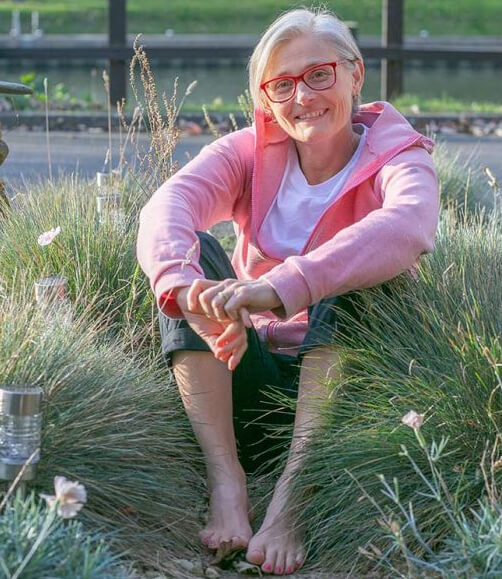
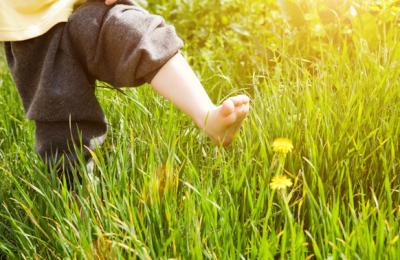

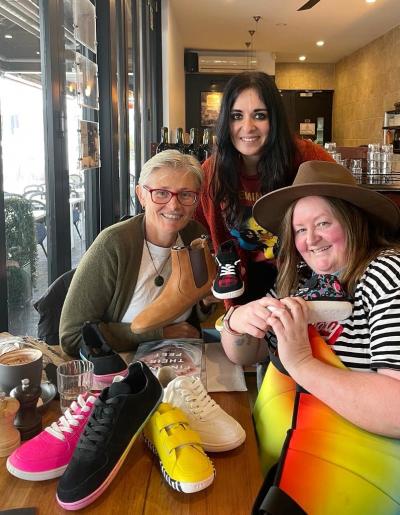
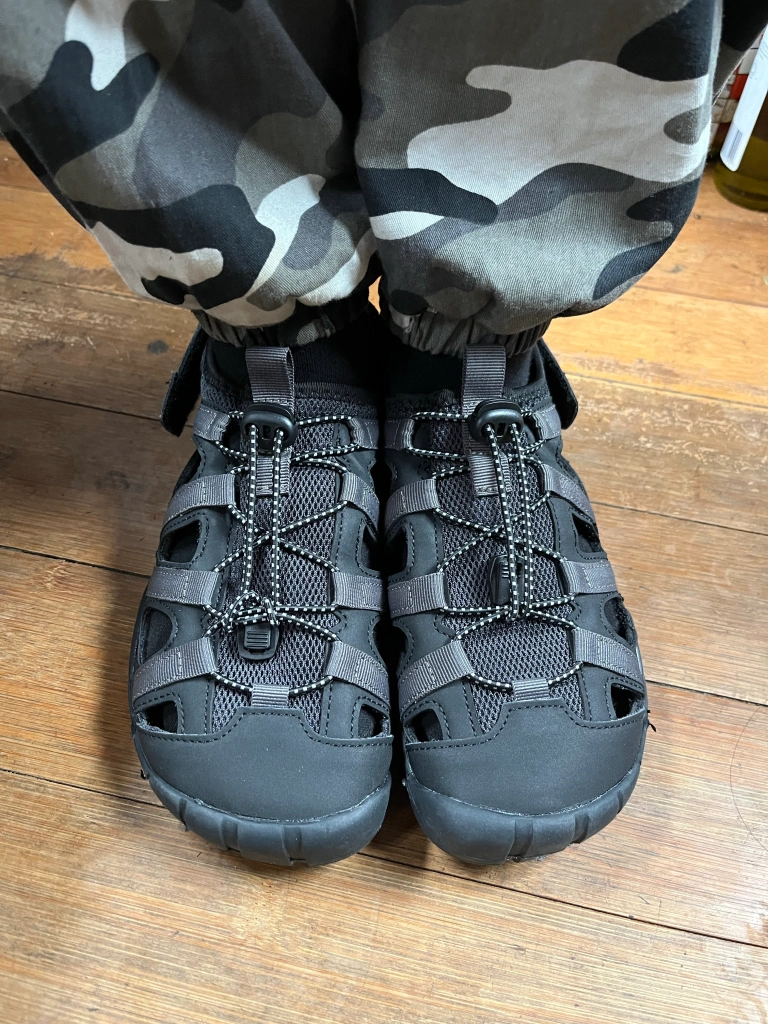
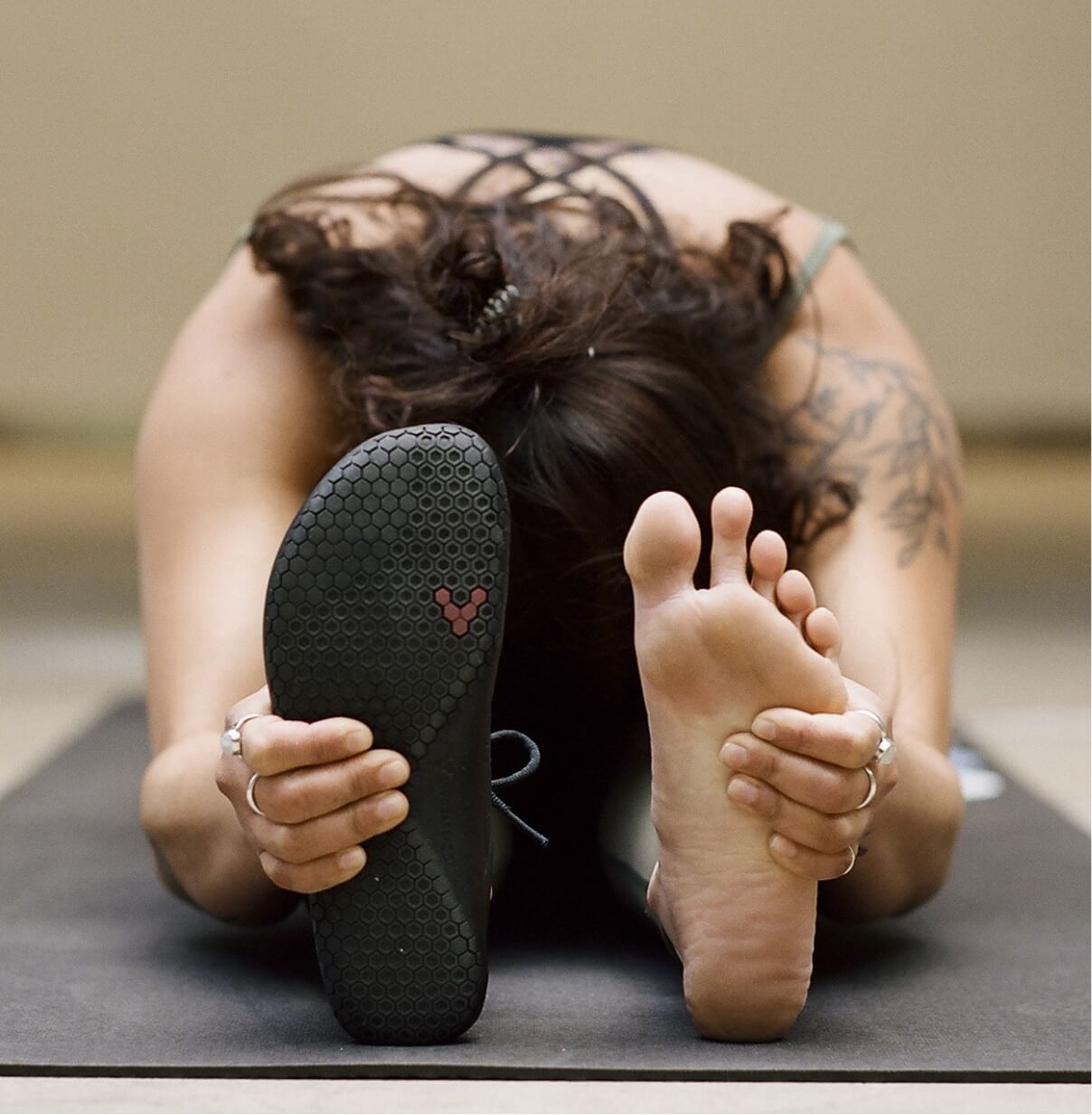
Comments